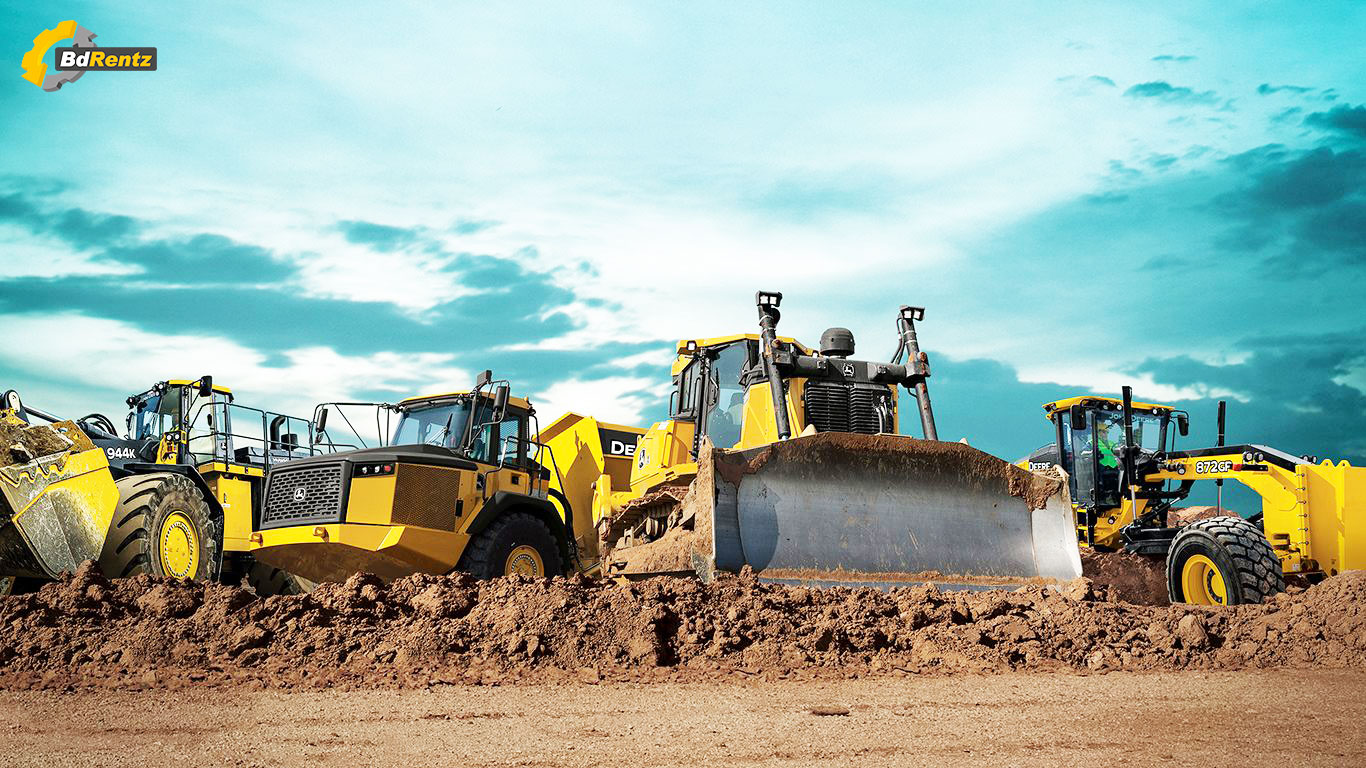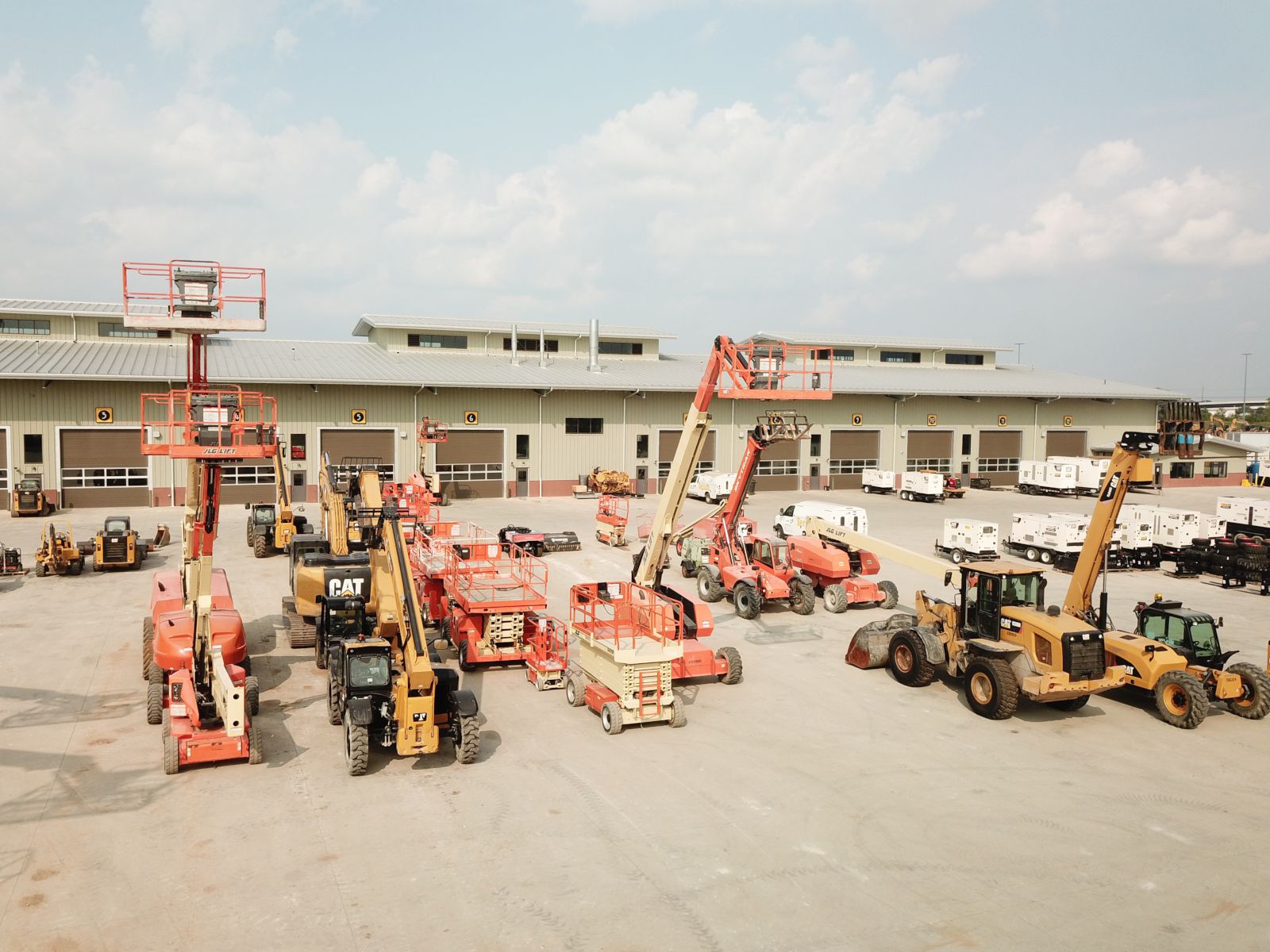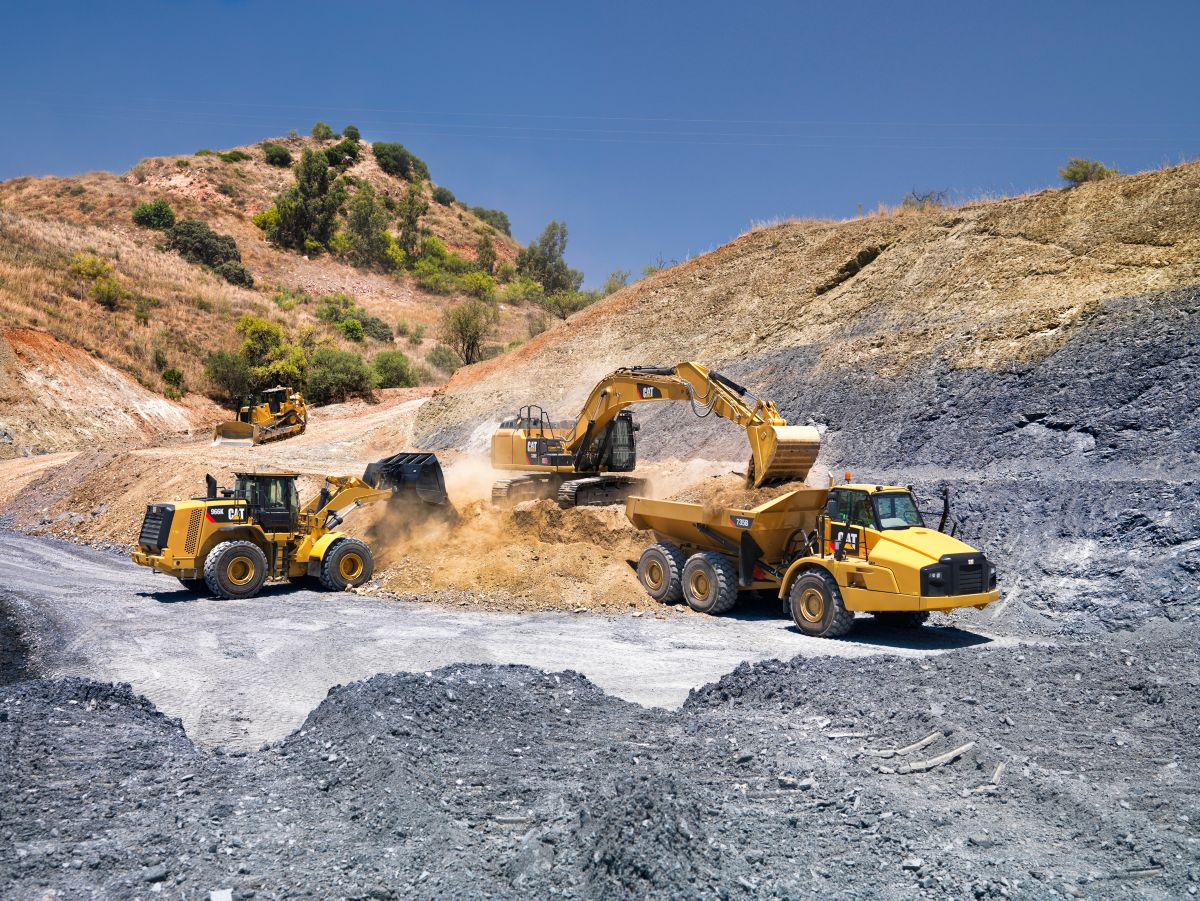Heavy Equipment Rental: Huge Equipment for Any Construction Job
Heavy Equipment Rental: Huge Equipment for Any Construction Job
Blog Article
Maximize Your Budget Plan by Comprehending the Prices Connected With Building Devices Rentals
Comprehending the complete scope of prices associated with building and construction devices rentals is vital for optimizing your budget. What methods can be used to effectively manage these costs and ensure a more reliable rental experience?
Introduction of Rental Expenses
When thinking about building devices rentals, comprehending the associated prices is paramount for efficient budgeting and project planning. Rental costs can differ considerably based upon numerous variables, including devices type, period of leasing, and place. The initial rental cost usually reflects the devices's market need and its connected operational capabilities, affecting the overall expense.
Along with the base rental price, supplementary prices may develop, such as transport charges, fuel surcharges, and maintenance charges. It is important to account for these extra expenses to properly examine the overall expense of renting out tools. The rental period can impact rates; longer leasings might qualify for affordable prices, while temporary rentals may incur higher everyday fees.

Failure of Rental Rates
An extensive understanding of rental rates is vital for service providers and project managers intending to optimize their budgets. Rental prices for construction tools generally contain numerous components, including base prices, time-based fees, and usage costs.
Base prices are the core fees associated with the leasing of the devices, often figured out by the type and dimension of the machinery. These prices can vary significantly, affected by aspects such as equipment demand, schedule, and regional market trends. Time-based costs, which might be daily, weekly, or monthly, offer to fit different task timelines and rental periods.
Additionally, rental prices might include use charges, which are applicable when devices is used past a specified limit, making sure that the rental business can account for deterioration. Seasonal demand changes can additionally influence rental rates, with peak construction periods generally commanding higher costs.
Additionally, understanding the rental firm's policies relating to maintenance and insurance coverage can supply more understanding right into the general expense framework. By examining these components, contractors can make educated decisions, ensuring the selection of rental tools straightens with both task demands and budget restraints.
Additional Charges to Think About
Understanding the ins and outs of additional charges is vital for specialists to manage their overall service expenditures effectively. Beyond the typical rental prices, various auxiliary charges can significantly impact the total expense of equipment rental. These costs commonly consist of shipment and pickup charges, which can vary based on range and logistics associated with delivering the devices to and from the task site.
Furthermore, some rental companies may enforce gas surcharges if the tools is returned with much less fuel than when leased. It is also vital to understand potential cleaning costs, particularly for specialized devices that needs complete maintenance after usage.

Thoroughly assessing the rental agreement and clarifying these added costs in advance can assist contractors avoid unanticipated costs and make certain that budget plans remain intact throughout the job lifecycle.
Upkeep and Repair Service Expenses
Normal repair and maintenance costs are commonly neglected aspects that can substantially affect the general price of building and construction tools leasings. When renting out equipment, it is crucial to take into consideration not only the rental fees but additionally the prospective expenses connected with maintaining the equipment in optimal operating condition.
Many rental firms include standard maintenance as part of the rental arrangement; nonetheless, more substantial repairs or unforeseen malfunctions can result in additional expenditures. It's crucial to review the rental contract carefully to comprehend what maintenance services are covered and what obligations fall on the renter.
Additionally, tools that is not well-kept can bring about inadequacies on the job website, potentially creating hold-ups and boosting project prices. To minimize these dangers, it is recommended to conduct routine examinations and keep open interaction with the rental provider concerning any concerns that occur throughout use.
Insurance and Responsibility Expenses
Insurance and responsibility prices are critical components that can dramatically influence the overall expenditure of building and construction tools leasings (boom lift rental). These expenses make sure that both the rental business and the over at this website customer are safeguarded from potential economic losses developing from mishaps, damage, or burglary throughout the rental duration

Furthermore, customers should recognize any deductibles or exemptions in the insurance coverage, as these can affect potential out-of-pocket expenses. Recognizing the conditions of any type of insurance policy coverage is essential to prevent unexpected costs. Eventually, budgeting for insurance and liability expenditures can aid guarantee a smoother rental experience and safeguard against monetary threats connected with building jobs.
Conclusion
To conclude, a find this comprehensive understanding of the costs related to building and construction devices services is vital for reliable budget management. By assessing rental prices, additional fees, upkeep expenditures, and insurance needs, individuals and companies can decrease unanticipated expenses. This calculated method not just enhances cost-effectiveness yet likewise ensures that tasks advance efficiently and successfully. Inevitably, notified decision-making relating to tools services adds to the overall success of construction undertakings.
Rental costs can differ considerably based on numerous factors, including tools kind, duration of service, and place (boom lift rental). The rental duration can affect rates; longer leasings may qualify for affordable prices, while short-term rentals may sustain greater day-to-day costs
By conducting complete study and engaging with reputable rental business, service providers can successfully browse the complexities of rental prices, inevitably maximizing their financial resources.
Past the conventional rental rates, different additional costs can substantially influence the complete price of equipment page leasing. Rental companies typically give liability insurance coverage that covers injuries to 3rd celebrations or damages to home, while tools damage insurance can cover the expense of repairs or substitute if the leased tools is damaged.
Report this page